From The Jetsons to Blade Runner, flying cars are icons of a future that never was, but don’t give up on door-to-door aerial commuting just yet: electric power and drone technology may be about to give a long-standing aviation fantasy its best chance of becoming reality.
In April 2016 German start-up e-Volo made the first manned flight of its 18-rotor Volocopter VC200. Its pilot, Alex Zosel, made an unprecedented gesture for test pilots on a first flight: he took his hand off the controls (a side stick and an altitude control thumb switch) to demonstrate the aircraft’s stability.
The Volocopter’s 18 electric motors are powered by nine independent batteries. When hovering the 450kg VC200 requires about 45kW, depending on the air pressure/temperature.
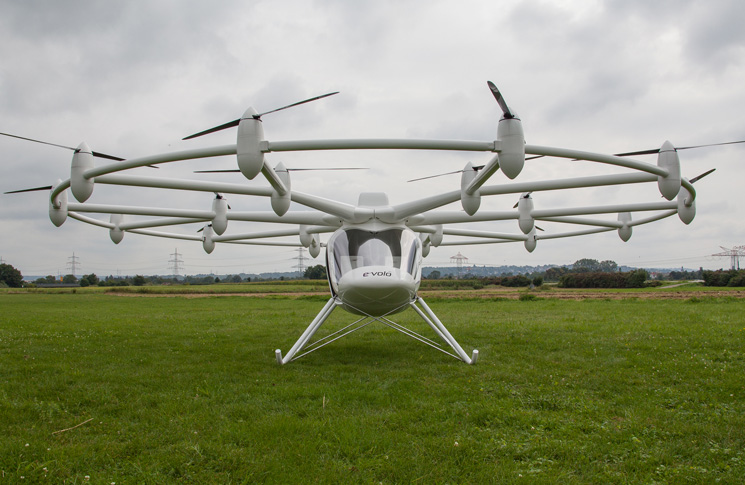
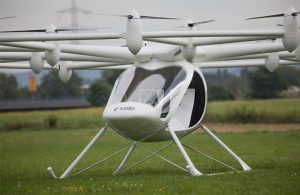
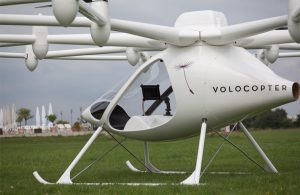
E-volo says its next goal is to receive a type certification for the Volocopter in large quantities. It anticipates initially selling the VC200 as a light sport aircraft ‘In a further developmental step, air taxi services are expected to be established,’ the company says. ‘Initially, they will be planned for predetermined routes as airport shuttles or at sensible traffic nodes such as bridges. Medium-term, brand new, increasingly autonomous mobility concepts can be offered with the Volocopter, in which individual as well as public transport can be partly shifted into the sky.’
Ambitious plans are nothing new in aviation, but the number and calibre of organisations involved in developing electric flight suggest that it is a serious prospect. As reported in Flight Safety Australia’s September-October 2016 edition, Airbus and NASA are developing general aviation sized electric aircraft with usable real world capabilities in range performance and payload. Airbus has established an outpost, called A3 in Silicon Valley, to ‘enhance its ability to identify and capitalise on innovative and transformational technologies and business models.’
Airbus chairman Tom Enders told the American Institute of Aeronautics and Astronautics (AIAA) Airbus would produce a two-seat version of the e-Fan that would be marketed as a training aircraft, followed by a four seater.
‘This is not our core business,’ Enders conceded. ‘We’re not going to rival major small aircraft manufacturers. That’s not the purpose. But it’s accelerating the technology needed for commercial flights—for a 50-seater or perhaps a 90- or 100-seater—which we’d like to in the next 20 years or so.’
Enders also said the aircraft maker’s most important future partners did not come from the aerospace industry.
A new Western Australian enterprise Electro.Aero, established by Josh Portlock, founder and chief technical officer of drone company ScientificAerospace, exemplifies the merging of information technology, drones and aviation. ScientificAerospace was founded in 2006, focused on military drones and was one of the first certified drone operators in Australia, branching into design and manufacturing of commercial drones, as well as drone operator training. ScientificAerospace has quickly established a blue chip reputation with NASA accreditation and ISO 9001 certification for its TopoDrone 4Scight surveying drones.
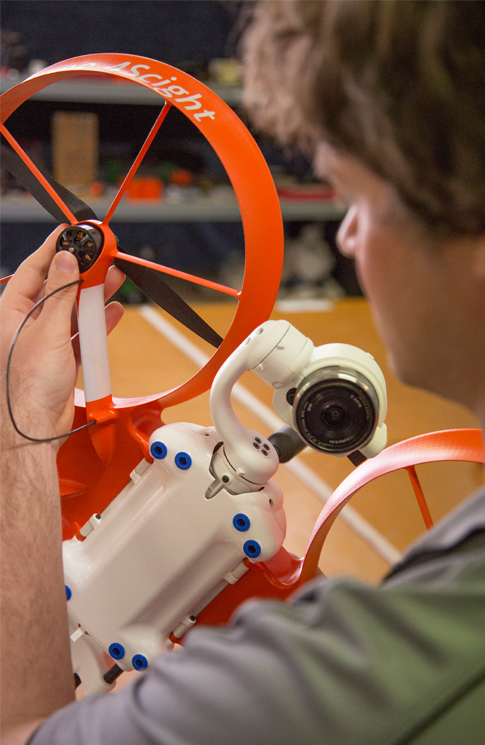
Portlock founded Electro.Aero in 2014 to put this experience to use in manned electric aviation, including establishing a consulting role in NASA’s LEAPtech electric aircraft project. Portlock says drone technology has already started to transition into small electrically powered manned aircraft. The company is in the early stages of developing a personal ducted octocopter aircraft, the FlyKart, a technology demonstrator that will eventually transfer its technology to certified aircraft.
‘We want to apply all that we’ve learnt from designing, manufacturing and operating drones over the last decade to the manned aviation industry,’ Portlock says.
Electro.Aero sees three core technologies that will enable low-cost, on-demand aerial transportation.
First is distributed electric propulsion. ‘A distributed electric aircraft with multiple, independent electric motors and redundant systems is more reliable than one petrol engine. One of several electric propulsion systems failing doesn’t produce nearly as much adverse yaw as a conventional twin, and electric motors facilitate instantaneous monitoring and autonomous fault tolerant emergency management.’
The second is powered lift—for vertical take-off and landing. ‘This is a variation of a rotorcraft with multiple fixed pitch propellers. It doesn’t auto-rotate and it requires fly-by-wire stability control. But fly-by-wire control is relatively inexpensive, and used on all drones these days. In the unlikely case of total lift failure, a ballistic parachute can be deployed, which would be standard on any of our aircraft.’
The third is autonomous flight. ‘This has already been proven and certified in drones and larger commercial aircraft, but it’s a matter of getting it certified in light aviation without the same arduous expense involved in commercial certification. Our FlyKart already uses a triple redundant autopilot system, similar to the autopilot voting system on Airbus and Boeing aircraft, but substantially smaller and cheaper.’
Electro.Aero’s aircraft design ambitions involve further developing a technology used on its drones: ducted fans.
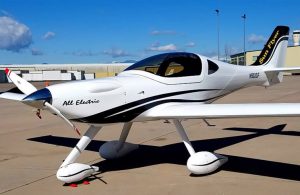
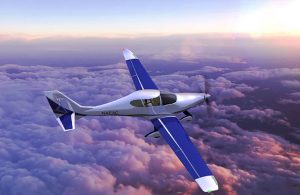
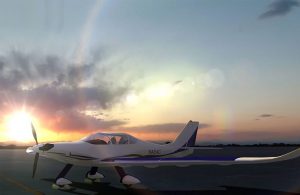
‘Ducted fans are fundamentally a safety feature, but they also provide greater efficiency in a smaller footprint, Portlock says, ’allowing the aircraft to be more compact and use a lower capacity battery for the same endurance. They guide the air through the propellers, minimising tip losses and maximising the effective area of the propeller. This allows us to use about 30 percent less power than other multi-rotors of the same weight and propeller size.’
Electro.Aero is also entering the electric aircraft distribution market, as the Australian agent for the Pipistrel Alpha Electro, an electrically powered version of the Slovenian maker’s high-wing light sport two-seat training aircraft. Its unique selling point will be its fuel-equivalent consumption—about $1 per person per hour in electricity.
‘It will be less than 20 per cent of a Cessna 172’s hourly operational cost, including fuel and maintenance,’ Portlock says. ‘The motor has one main bearing, and the only major maintenance item is replacing the batteries after a few thousand hours, which works out to cost about $10 an hour. So still significantly cheaper than fuel.’
Surprisingly, Australia may be one of the first countries to certify the Alpha Electro for practical recreational training.
‘CASA’s light sport aircraft definition combines the best of European and American practice,’ Portlock says:
‘In Europe they accept electric propulsion with limited maximum take-off weights (MTOW) of either 450 or 540kg, depending on country. In the US they have a 600 kg limit like us, but their propulsion requirements state the aircraft must have a reciprocating engine, which has precluded and stifled electric light sport aviation in the US.
‘The regs here in Australia state the propulsion system must be designed and manufactured to ASTM International (formerly the American Society for Testing and Materials) standards. Conveniently there is an ASTM International standard for electric propulsion and CASA accepts that standard, so we get 600 kg weight limit with electric propulsion. So a 400 kg empty weight electric aircraft in Australia can carry 200 kg of passengers, while in Europe it could only carry 140kg—limiting its practical versatility.
So in Australia there’s nothing stopping us from operating these aircraft in training schools already.’
The Alpha Electro’s quoted flight time of one hour plus half an hour reserve would allow it to be used for introductory flight training, Portlock says, but longer endurance would be beneficial for navigation and commercial pilot training.
‘In order to get the range up, you do need a heavier aircraft with more batteries. That’s why we’ve signed up to represent the Denver based Aero Electric Aircraft Company’s Sunflyer. It’s a 750kg MOTW aircraft, made in the US and will be the first electric aircraft to be certified under FAR 21 rules.’
The Sunflyer has been designed for over three-hour endurance and uses solar panels on its wings to top up its batteries. Hypothetically, a Sunflyer parked in the sun all day could conceivably be flown occasionally with a zero-dollar fuel bill,’ Portlock says.
‘I believe electric propulsion technology will reinvigorate both light sport and general aviation.’
‘You no longer have to worry about managing mixtures, magnetos and carburettor, you can instead concentrate more on flying the aircraft. People won’t be as turned off by the daunting nature and risks of manually managing an engine. They will be able to just get in, throttle up and enjoy flying the aircraft. Then in the next generation of autonomous electric aircraft, the passengers will just set their destination and press the auto take-off button!’


Characteristics of future electric light aviation
- Urban—for commuting more than cross country touring
- Short range—but increasing
- Automated—a transport system, not a way of life
- Low direct operating cost
- Small aircraft, carrying one or two people, at least initially
- Not necessarily airport based
- Similar to drone sector in many ways, including technology, consumer interest
- Rapid technical evolution is likely to mean rapid turnover of aircraft—more like mobile phones than general aviation aircraft market

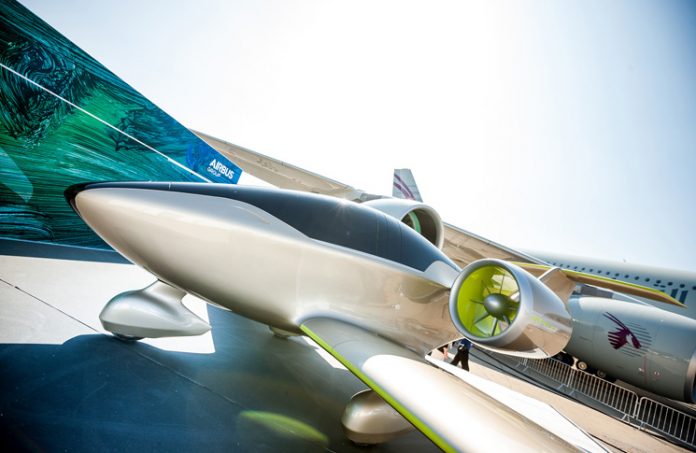
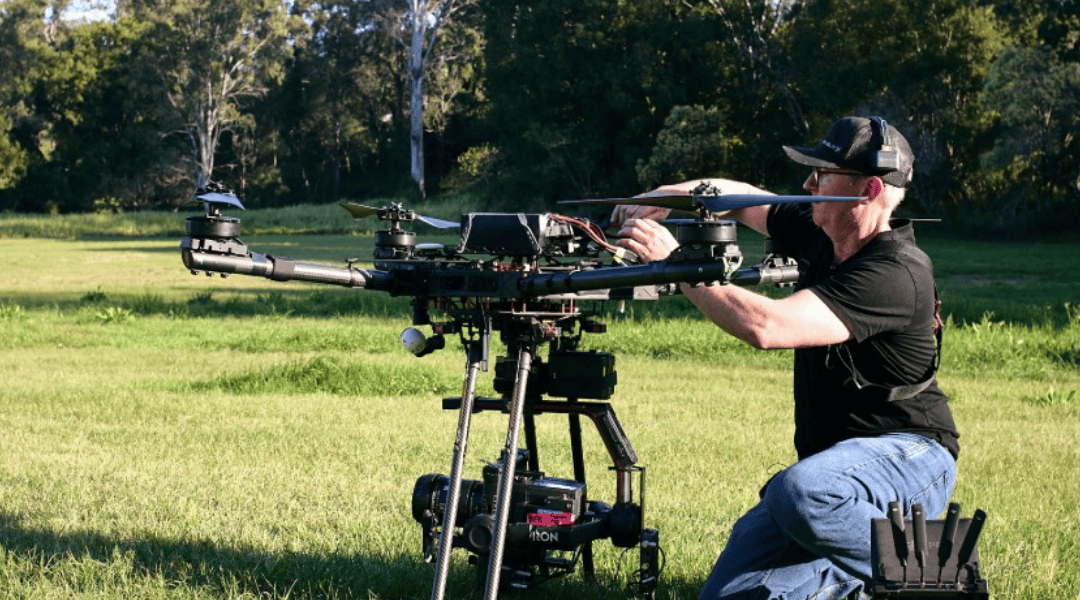
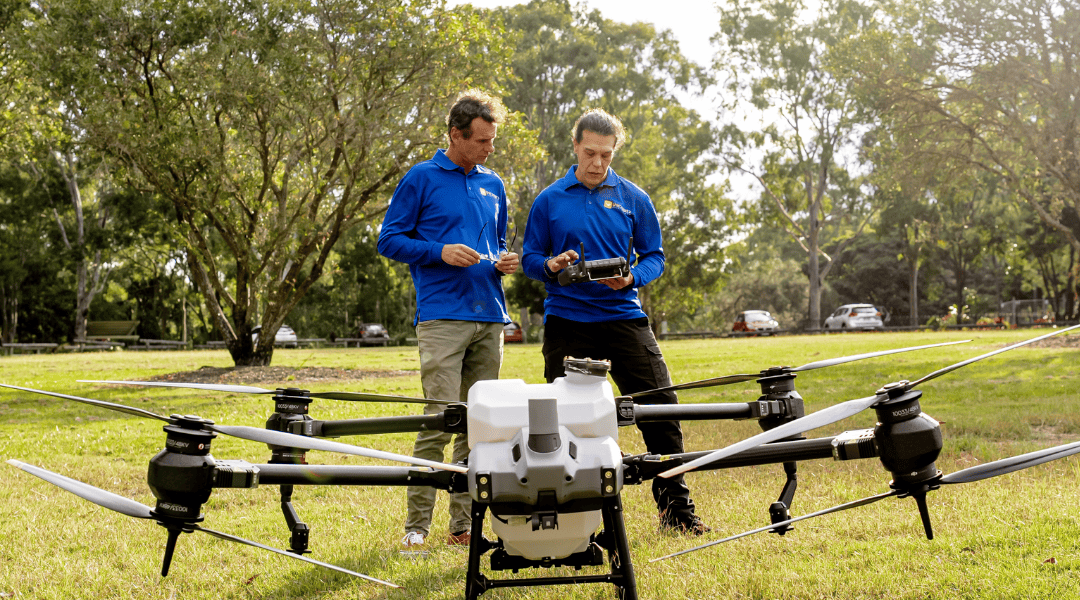


Another very good edition and interesting article on electric propulsion. Very thought provoking and inspirational ideas. May take some time to come about but great to see what is possible and in the pipeline.
[…] Source: Flight Safety Australia […]
[…] Volocopter is an electric direct lift vehicle powered by 18 electric motors and fixed pitch propellers. Its maker quotes a useful load of 160 kg, […]